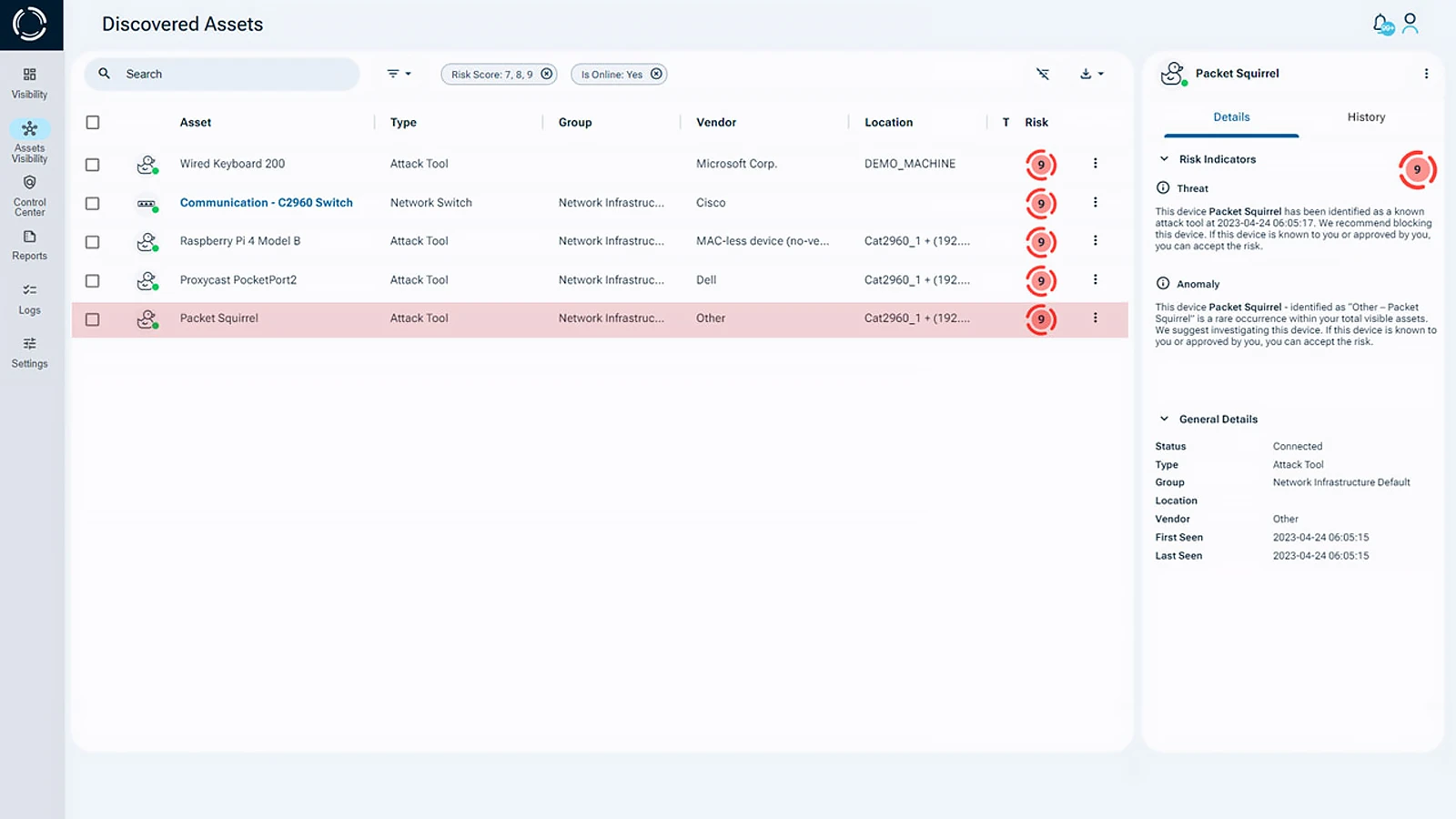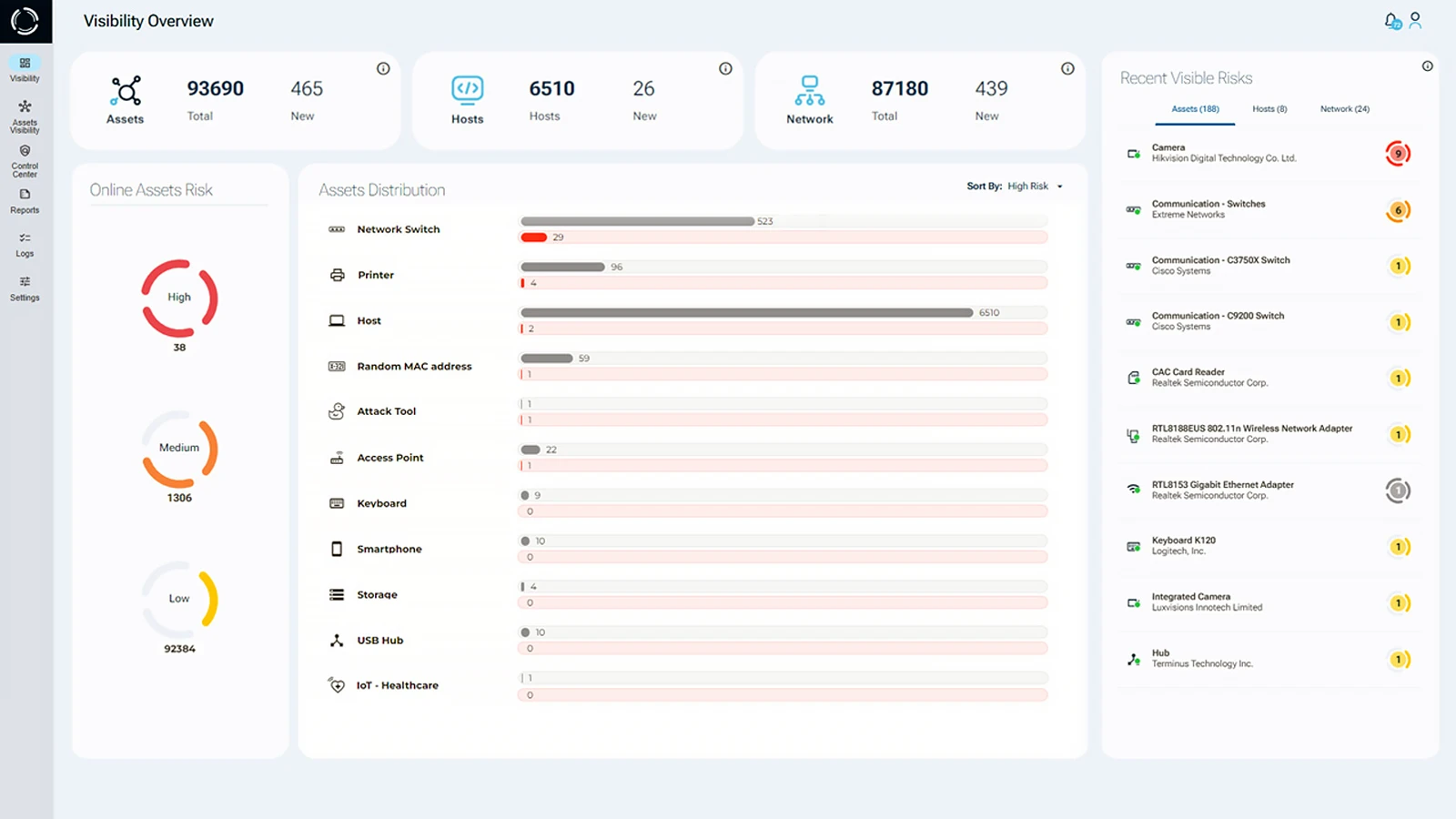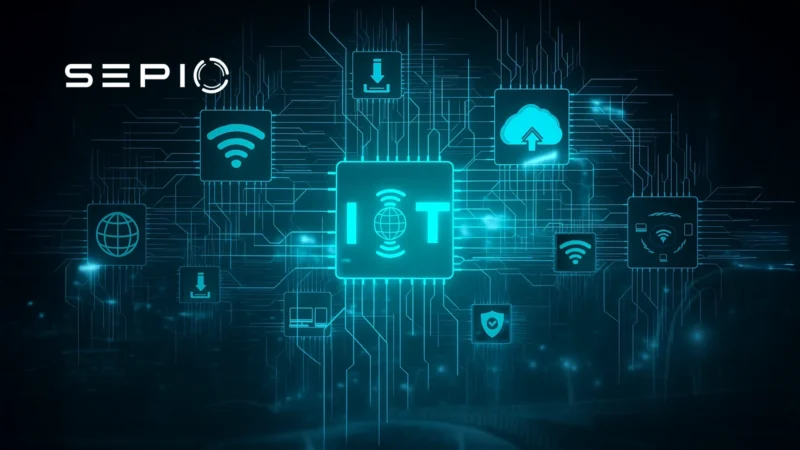IoT hardware is reshaping both personal and professional environments by enabling seamless automation and real-time connectivity. These devices improve operational efficiency and convenience, allowing smart technologies to become integral to daily workflows. However, as the adoption of IoT hardware accelerates, so do the associated cybersecurity threats.
With IoT hardware generating and transmitting vast amounts of sensitive data, securing this hardware is critical. Weak or unprotected IoT endpoints can serve as gateways for cyberattacks, exposing networks to data breaches, unauthorized access, and service disruptions. To mitigate these risks, organizations must implement robust IoT hardware security strategies that ensure visibility, control, and protection across the entire ecosystem.
IoT Hardware
IoT hardware offer more than personal convenience, they play a critical role in driving workplace efficiency. Organizations are increasingly adopting these devices to gain real-time visibility into internal systems, such as machine performance and supply chain operations. By automating workflows, enhancing service delivery, minimizing waste, and improving transparency in customer interactions, IoT hardware helps reduce costs while boosting productivity.
IoT Hardware Security in the Workplace
IoT hardware in the workplace offers numerous advantages, from real-time insights into operations to cost savings and improved services. Employees benefit from increased connectivity, enabling them to work remotely and use personal endpoints for work purposes. However, this widespread adoption of IoT devices means more devices connected to organizational networks, creating additional entry points for potential cyberattacks.
Even seemingly innocuous equipment like office coffee machines can pose a cybersecurity risk when connected to the network. Attackers recognize the opportunity to exploit IoT devices and cause significant damage. The situation is further exacerbated when employees use personal endpoints for remote work, as these devices often lack adequate security measures and may connect to unsecured public Wi-Fi networks, making them vulnerable to attacks.
IoT Security Challenges in Remote Work
Using IoT hardware out of office does not alleviate the risk. In fact, it only proliferates it. When employees work remotely (WFH), they often rely on personal devices to access corporate resources. This Bring Your Own Device (BYOD) trend provides cybercriminals with more opportunities to access an organization’s network. Many of these personal endpoints have inadequate security measures, making it difficult to detect IoT security vulnerabilities. Furthermore, working remotely often involves connecting to unsecured public Wi-Fi hotspots, which can be exploited by hackers to gain unauthorized network access.
To mitigate the risks associated with IoT hardware and ensure secure remote work, organizations need full visibility into their assets and infrastructure. With the growing number of connected endpoints, this becomes increasingly challenging. Sepio offers a comprehensive solution that provides enterprises with complete visibility into their hardware assets, including hidden threats operating through network and USB interfaces.
IoT Hardware Security
Sepio’s unique Physical Layer fingerprinting technology enables the identification and detection of all peripherals connected to the network, ensuring no device goes unmanaged. This holistic approach enhances cybersecurity posture by eliminating the need for manual reporting and legacy inventory reports. With Sepio’s solution, organizations can confidently answer critical questions about their IoT hardware. These include the presence of implants or spoofed devices, the number of IoT devices in use, the top vendors for connected devices, and the vulnerability of network switches.
By gaining visibility across all IT assets, organizations can establish a robust cybersecurity defense. This significantly reduces the risk of successful hardware attacks.

Securing IoT Hardware Devices
Securing IoT hardware devices requires comprehensive visibility into all connected peripherals. With Sepio’s platform, organizations can effectively identify and manage every device on their network, minimizing the risk of cyberattacks. By prioritizing IoT hardware security and leveraging Sepio’s expertise, businesses can confidently harness the benefits of IoT technology. At the same time, they ensure the protection of their networks and sensitive data.

Sepio’s Platform Modules
Sepio offers two modular solutions, Endpoint Device Security and Network Device Security, which can be used separately or together.
Endpoint Device Security detects and monitors all USB-connected assets in real time. A lightweight agent assesses device behavior and enforces granular allow/block policies for better control.
Network Device Security continuously monitors the network to uncover rogue, passive, or unmanaged hardware, including devices without IP or MAC addresses. It enhances visibility and helps identify shadow IT across your environment.
Gain Full Visibility and Mitigate Risks
See every known and shadow asset, prioritize risks, and take action to mitigate them. Talk to an expert to learn how Sepio’s patented technology can help you gain control over your IoT hardware asset risks.






